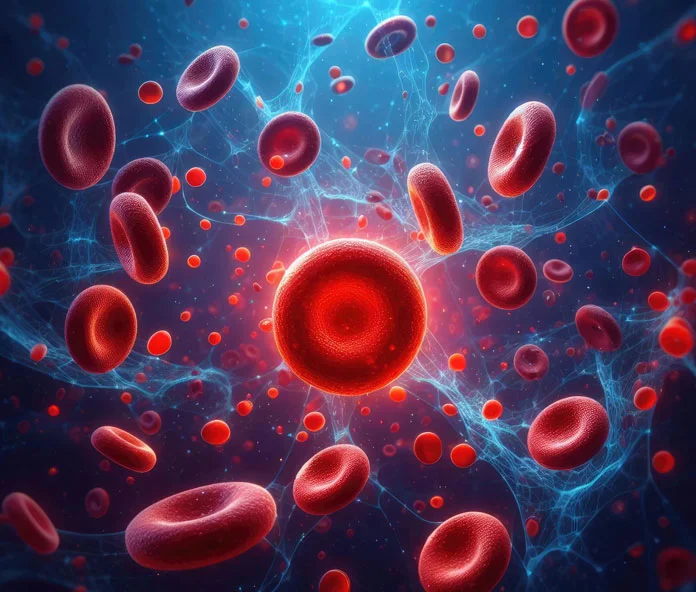


Leukemia is a type of cancer that primarily affects the blood and bone marrow, where blood cells are produced. It originates in the cells that normally develop into white blood cells, which are crucial for the immune system. Leukemia leads to the uncontrolled production of abnormal white blood cells, hindering the normal functioning of healthy cells. This excess of abnormal cells can crowd out normal blood cells, leading to complications such as anemia, increased susceptibility to infections, and impaired blood clotting.
There are different types of leukemia, broadly categorized into acute and chronic forms, as well as lymphocytic and myeloid types. Symptoms may include fatigue, weakness, frequent infections, easy bruising or bleeding, and swollen lymph nodes. The exact cause of leukemia is often unknown, although certain genetic and environmental factors may contribute to its development.
Treatment approaches for leukemia typically involve chemotherapy, targeted therapy, radiation, and, in some cases, stem cell transplantation. The specific treatment plan depends on the type of leukemia, its stage, and individual patient factors. Early diagnosis and advances in medical research have improved outcomes for many individuals with leukemia, but the prognosis can vary based on the type and other factors. Regular monitoring and ongoing medical care are essential for managing the disease.